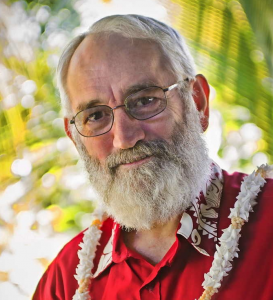The electric utility on Hawaii island published Friday the first draft of a plan to add 50 megawatts of geothermal power to the island's electric grid.
Hawaii Electric Light Co. will seek public comment on the draft to help guide renewable energy developers as they prepare their bids to supply geothermal power to HELCO. A final draft of the document is scheduled to be completed by January, and selection of the winning bidder or bidders is expected by July or August.
An existing 38-megawatt geothermal plant on Hawaii island already accounts for about 20 percent of the island's peak electrical load. An additional 50 megawatts would push the amount of geothermal generation to nearly 50 percent of peak load.
"This project combines our efforts to increase renewable resources on our island with a commitment to reduce costs for consumers," HELCO President Jay Ignacio said.
HELCO customers pay among the highest electricity rates in the state.
HELCO plans to conduct a technical conference webinar next month to allow prospective bidders to ask questions and provide comments on the draft document, known as a request for proposals, or RFP.
The contracted price HELCO will pay developers for the geothermal energy will not be linked to the cost of oil, as is the case with many of the other renewable energy projects on Hawaii island.
"This is incredibly important for ratepayers on the Big Island," said Lt. Gov. Brian Schatz. "This will help stabilize prices. What people on the Big Island need is clean, affordable energy, and that's the purpose of this RFP."
One of the keys to making the plan work is engaging the community, he added. "We are working hard to have it done right, respecting the environment and the culture," Schatz said.
Bringing another 50 megawatts of geothermal power online will pave the way for the eventual retirement of fossil fuel-burning electrical generators on Hawaii island, he said.
More than 40 percent of the electricity consumed on Hawaii island is generated from renewable resources, the highest percentage of any island in the state. Besides geothermal, Hawaii island has hydroelectric, wind and distributed solar power generation.
SOURCE: Star Advertiser (11/10/2012)


